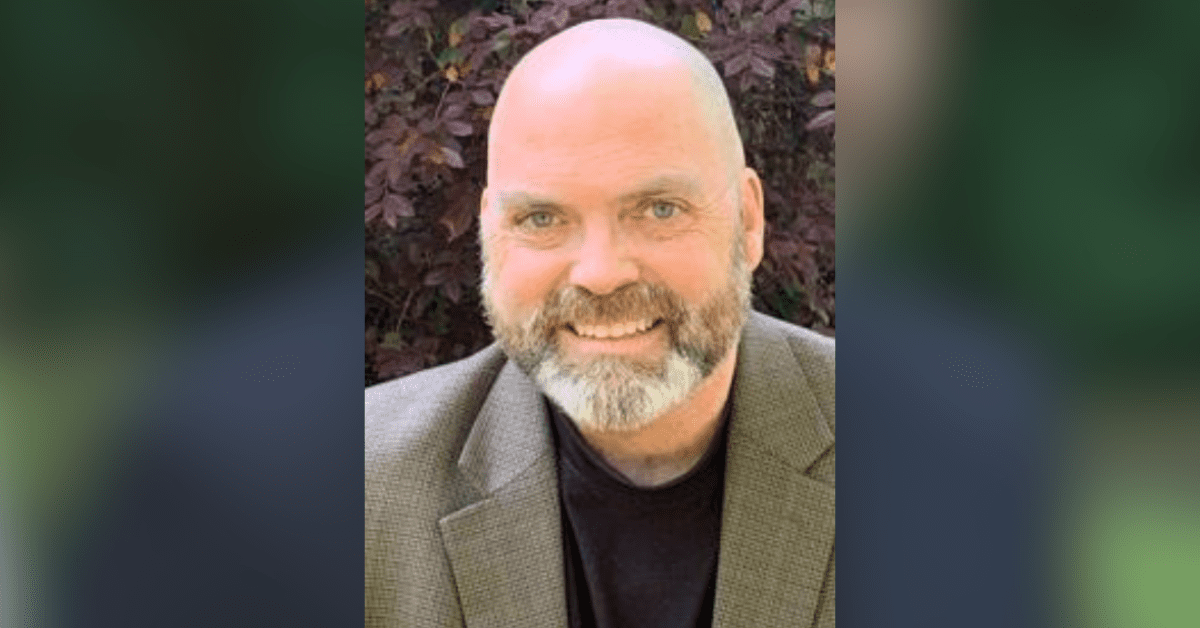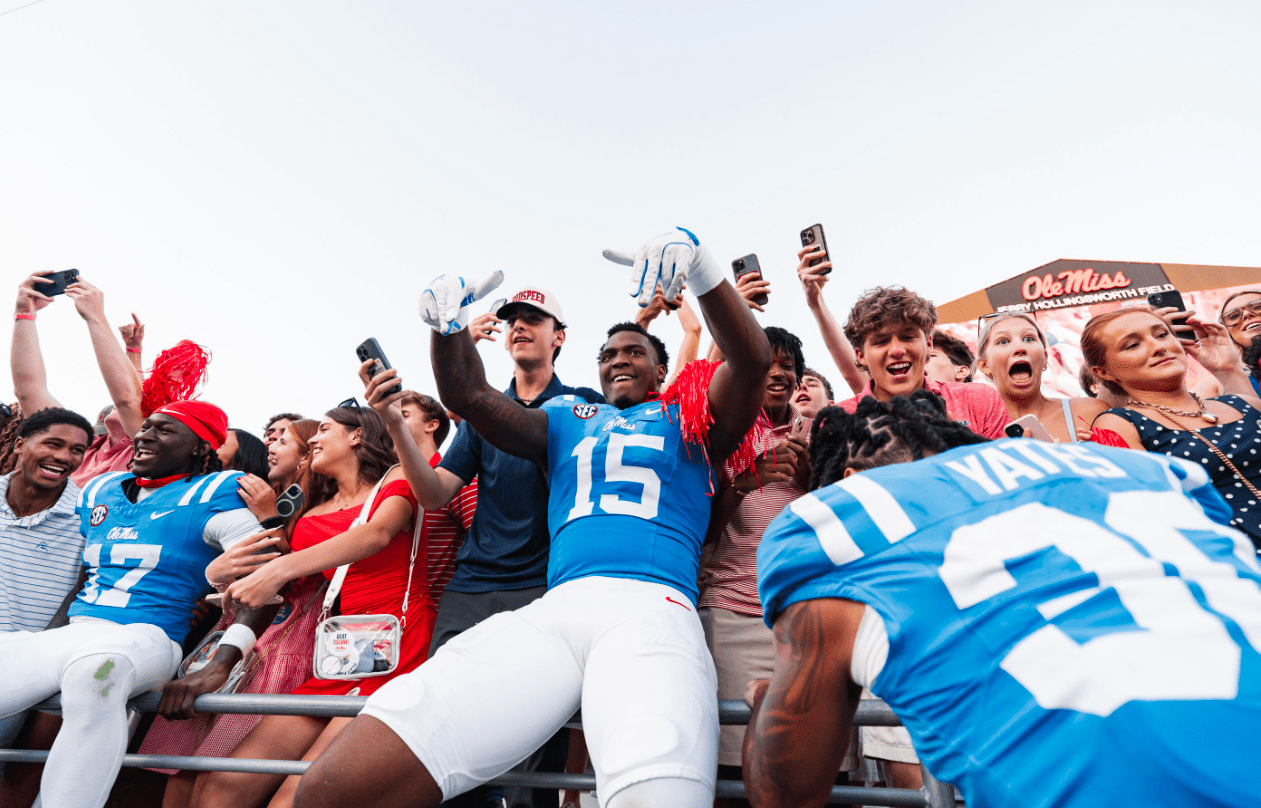
- If you read it daily and take it seriously, it will change you.
I remember when I was 12 or so, I walked up to my Dad and asked him if I could have “one of those Bibles.” He had purchased several “Living Bibles” – a paraphrase – to give to new converts whom he encountered as a serious layman involved in ministry in our town.
He handed me a green, soft-covered Bible that I have to this day. I am not sure what, if any, Bible I would have used before that, so I consider this my first one.
Kenneth Taylor, reading Scripture to his children around their kitchen table, wanted to bring the Bible alive for his kids. He began to restate the text, attempting to accurately convey the authors’ thoughts using words simple enough for a child’s understanding, though not rendering a direct translation of the Hebrew and Greek texts.
Risky stuff, frankly. Taylor initially published his version of the epistles. When it proved to be a commercial success, he decided to render the entire Bible that way. First published as a whole in 1971, the Living Bible was a huge hit among readers. He then acquiesced to a team of editors and scholars producing an actual translation in this vein, known as the New Living Translation.
At any rate, the original Living Bible was the first Bible I actually owned and read. My favorite story came from Mark 2: the account of the paralyzed man in Capernaum being lowered through the roof on a stretcher. Jesus, seeing the agitation of the religious leaders when He forgave the man his sins, asks them, “Why does this bother you? I, the Messiah, have the authority on earth to forgive sins. But talk is cheap – anybody could say that. So I’ll prove it to you by healing this man.”
And He does.
“Talk is cheap – anybody could say that” is nowhere near a literal translation of the Greek. But I remember how impactful those words were to a budding adolescent in the 1970s and how they still connect all these decades later.
A few years after that, I received a New American Standard Bible, a translation appreciated by people who value something called “formal equivalence” – a word-for-word rendering of the Hebrew and the Greek texts. I took that Bible to seminary for ministry studies and today it is a well-worn volume. Jesus’ “Sermon on the Mount” in Matthew 5-7 is particularly battered compared to the rest of the pages, almost completely detached from the binding after being repeatedly pored over.
In seminary, I participated in a discipleship group that required participants to memorize three verses a week. Instead of skipping around in Scripture to select 3-verse sections, I decided to go to the most consequential chapters and just swallow them whole. As part of that process, I memorized the Sermon on the Mount in about a month. Never regretted it.
Today I am reading through the Bible using the English Standard Version and the New Living Translation, giving me two translations and two readings of the entire Word for the year. I recently ran across a copy of the New American Standard in a handy size and format and purchased it as my next Bible for reading and preaching. I’m no longer fond of paraphrases, but for a unique perspective I will sometimes reach for Clarence Jordan’s Cotton Patch renderings of the gospels and epistles.
The important thing is this: get a translation and read it, mark it up, memorize it, chant its Psalms, use it for a prayer book, let it change you.
Because, if you read it daily and take it seriously, it will change you.







